bunion surgery
Displaying items by tag: bunion surgery
Dr. Timothy Young, Board-certified Foot Surgeon and Bunion Specialist, Talks About How to Heal Your Bones Faster After Bunion Surgery
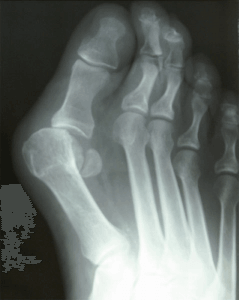
Dr. Timothy Young, Board-certified Foot Surgeon and Bunion Specialist, Talks About How to Heal Your Bones Faster After Bunion Surgery
Bone healing can be addressed with variety of different measures including proper immobilization with the cast or a boot to keep weight off the area where the bone is healing. Bone healing stimulation devices, supplements that enhance bone healing such as ortho pro bono can help. If you are experiencing foot or ankle pain, give us a call today at 425-391-8666 or make an appointment online.
Dr. Brandon Nelson, A Board-Certified Bunion Expert, Discusses When To Consider Bunion Surgery

Bunions can be very difficult for many patients. They can often be extremely uncomfortable and make walking unpleasant. Many people try going to larger shoes or wearing toe spacers or straps and padding. This can provide temporary relief however often make the bunion increase in size as larger shoes allow more room for the bunion to grow. The question I hear often is: “When do I have my bunion fixed?”.
When do I have my bunion fixed?
The answer for this is complex and is dependent on each patient and their lifestyle. I think the most important question is does the bunion impact the lifestyle you enjoy? If the answer is yes, it is time to fix it. If your bunion stops you from walking, hiking or even fitting in shoes the time has come.
How is my bunion fixed?
Bunion surgery has significantly progressed in recent years. The majority of bunions can be fixed with a simple procedure that takes less than 2 hours. Most often these can be done in our office and do not require any trips to the hospital. It is very common to be able to walk after surgery and maintain an exercise program with some modifications.
Is it painful?
I think it is important to realize all surgery can cause pain. The majority of our patients do very well with pain control. We have fixed 1000’s of bunions and have developed great post-operative pain control techniques.
Will my bunion come back?
The most important part of bunion surgery is procedure selection. Not all bunions are the same and therefore not all bunions can be fixed with the same procedure. It is vital to have and x-ray and a thorough evaluation of your foot. I also believe having somebody operate on your bunion that has vast experience with bunion surgery is something to consider as well.
I hope this was helpful and answered some common questions. You could be a candidate to have it fixed or even a candidate that we can employ some conservative measures. Please give us a call at 425-391-8666 or make an appointment online.
Dr. Brandon Nelson Discusses When the Best Time to Have Bunion Surgery Is
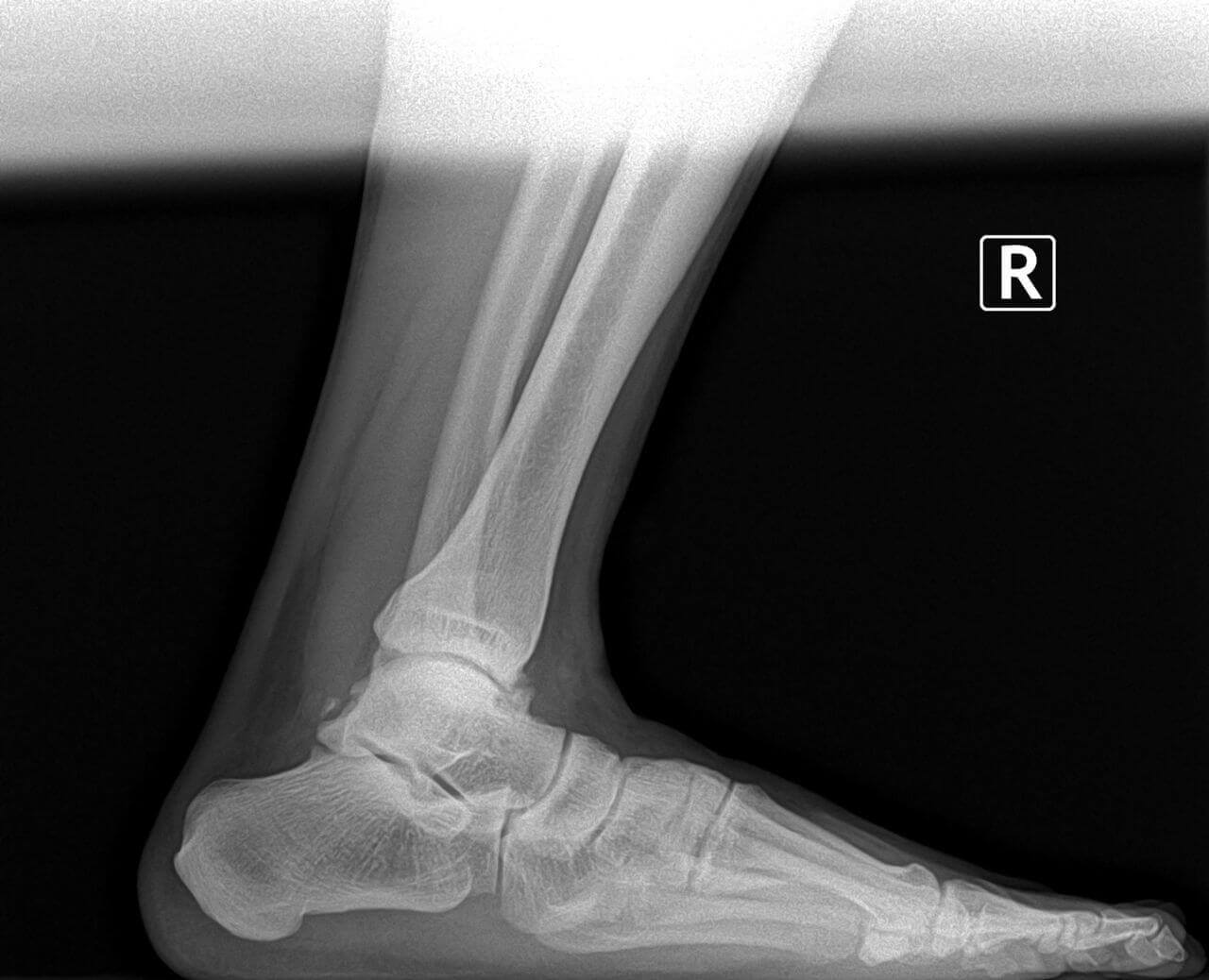
Surgery can be quite a bit to think about. Patients need to make work arrangements and plan with family and sometimes even friends. Especially if it is your first time having surgery it can feel like a lot. We at Issaquah Foot & Ankle Specialists have helped so many patients with surgery that our process makes it extremely easy and relaxing. We will help every step of the way. We provide a surgical binder that has everything you need and will make sure that you get all the assistance you need to make the process feel simple.
I think the most important part of planning when to have surgery is simply preparation. I tell most of my patients to think ahead and figure out when the slowest time of year is for you with both family and work. This is not always possible so the good news is we are here to help. The majority of procedures will allow patients to get back to activities in a few days. We have years of experience and can provide answers to any questions or concerns you may have.
The surgical process is easy as well. We have an onsite surgery center and most of the time you will be at the office for just a couple hours. We have dedicated rooms and staff that will assist you the entire time. If you are contemplating having your bunion fixed or having your neuroma or hammertoes corrected, we can help. Give us a call today at 425-391-8666 or make an appointment online.
Dr. Brandon Nelson, a Board Certified Bunion Expert, Discusses Bunion Surgery and Covid-19
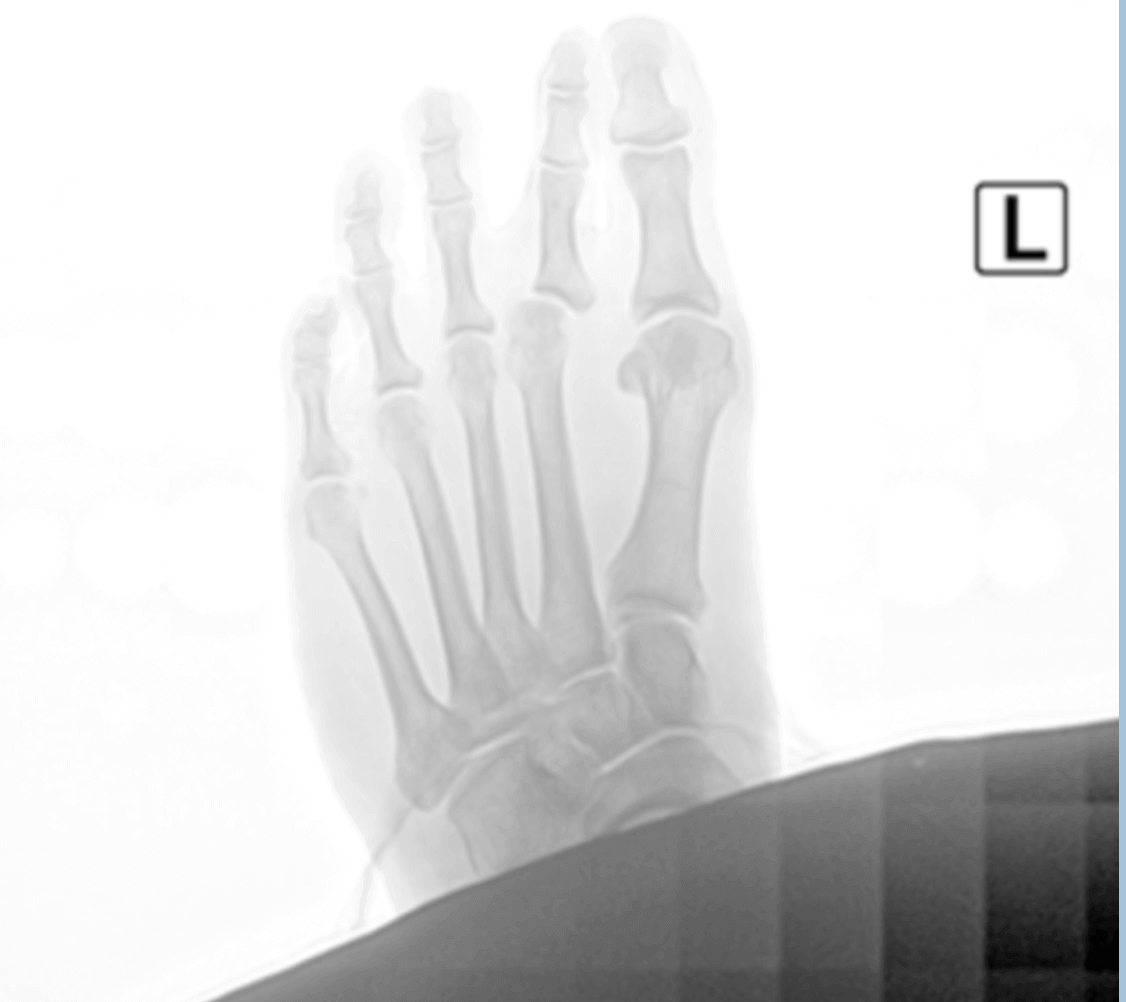
Bunion surgery and even surgery in general requires planning. Covid-19 has created a new work environment for a lot of people in Washington State. A larger percentage of people are working from home and have decided this provides an opportunity for them to have bunion surgery.
Surgery in general can be challenging, trying to find the correct time and date, planning for the recovery and taking time off work. However, we have seen quite a few people this year that have found working from home to be an advantage for surgery recovery. Without the need for a commute recovering at home and working has seem to work well.
I agree with these patients as foot and ankle surgery often requires modification to one’s work schedule. People working from home have a great opportunity to get the surgery they have been putting off. I think that this is a silver lining of Covid-19. I have personally seen our surgical load increase this year as people want to have elective surgeries they have been procrastinating.
I still think it is important to plan ahead. I like to provide my patients with all the information they require so they can prepare and make their recovery easier. Being preparde can make the surgical process much easier. Getting your house ready, making sure you have a way to get around, setting up a work station all these little tips make a big difference.
If you have a bunion or have been waiting to have surgery on your foot or ankle now is a great time. Give us a call today at 425-391-8666 or make an appointment online.
Dr. Brandon Nelson, A Board Certified Bunion Expert, Discusses Why Issaquah Foot & Ankle Specialists Is The Number One Bunion Surgery Center
Why Us?
The bunion is a complex deformity that arises for many reasons. It is primarily a deviation of the toe on the first metatarsal and the medial cuneiform.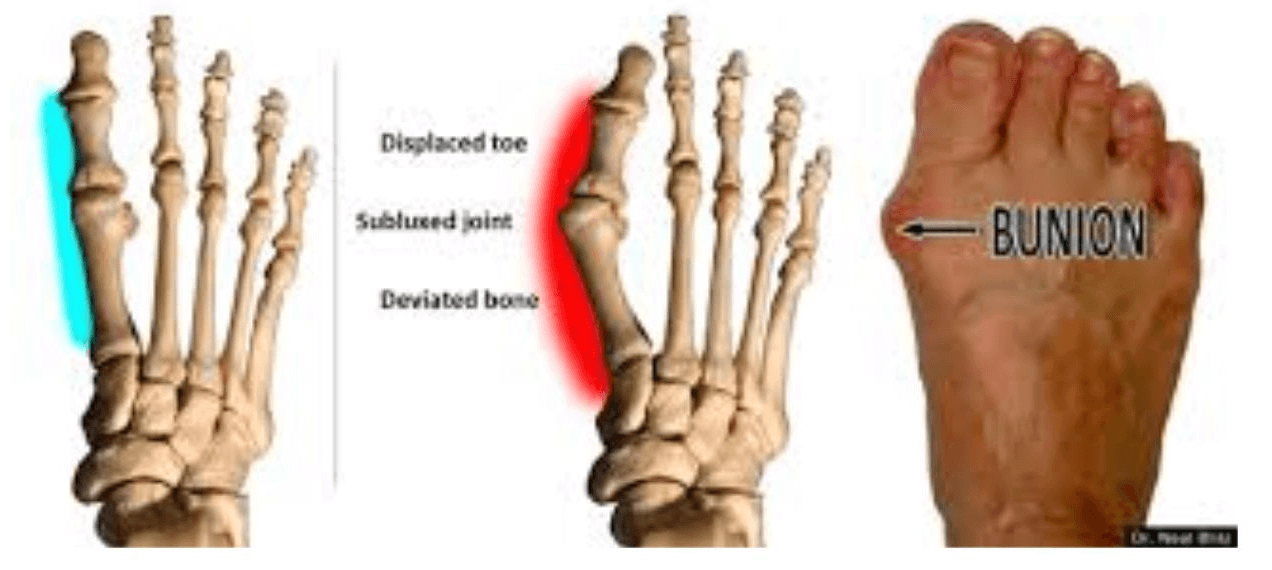
However, it is much more complex than that. The majority of surgeons do not appreciate the fundamental nature of the bunion and the inherit instability of the foot that leads to the bunion. That is where Issaquah Foot & Ankle Specialists are different than the majority of clinics, we specialize in bunions and are considered the premier experts.
To further expend on why we are the only place to have bunion surgery will take a little understanding of the deformity itself. The bunion is not a simple deviation of the toe it is complex condition that requires consideration of the overall foot structure and the cardinal planes of the body. Cardinal planes or anatomical planes are terms we use to describe the three-dimensional relationship of the human body
and how it moves in space. The three cardinal planes are the frontal, transverse and saggital.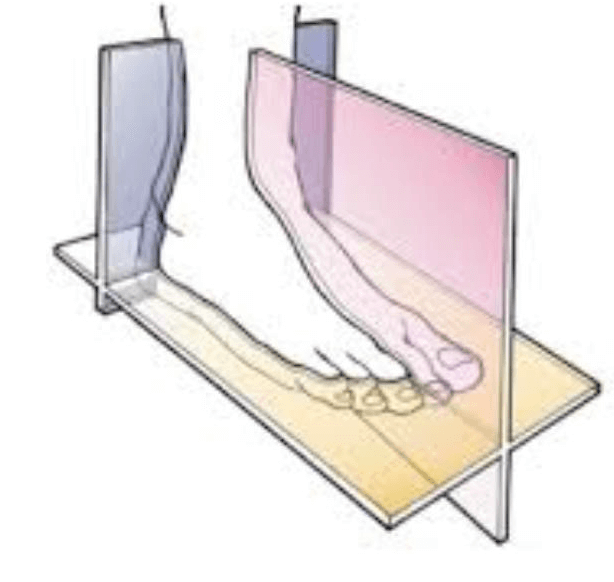
Why are these cardinal planes important when it comes to bunion surgery?
It is extremely important to evaluate all three anatomical planes when it comes to a bunion. The vast majority of bunion surgeons do not evaluate the bunion with respect to these planes and often use a 2-D picture to describe a 3-D problem. An example of this is what is called the Anterior-Posterior x-ray view. This is the view most commonly employed for a bunion.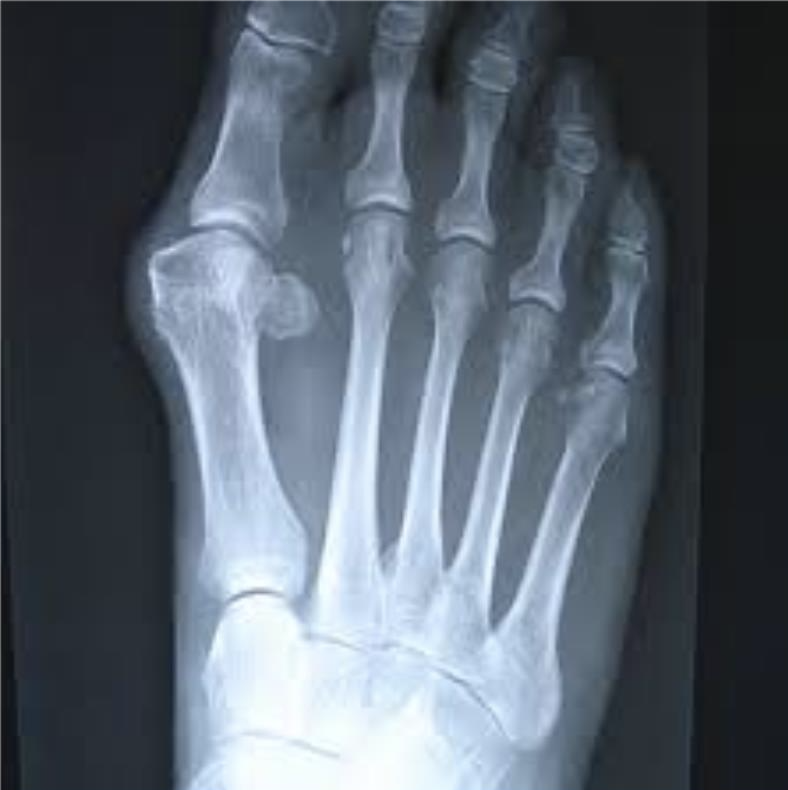
The problem with only evaluating the bunion on this top-down view is it only provides a picture of the deformity in one anatomical plane. This is where the problem lies. The large majority of bunion surgeons stop here and provide a correction in this plane only. This can ultimately result in reoccurrence and revisional surgery. This is an incomplete understanding of the bunion and one of the main reasons for poor outcomes. Issaquah Foot & Ankle Specialists provide a complete evaluation of the foot and bunion as a whole. That is why we also incorporate an x-ray technique that helps to evaluate the bunion relationship to the foot and all anatomical planes.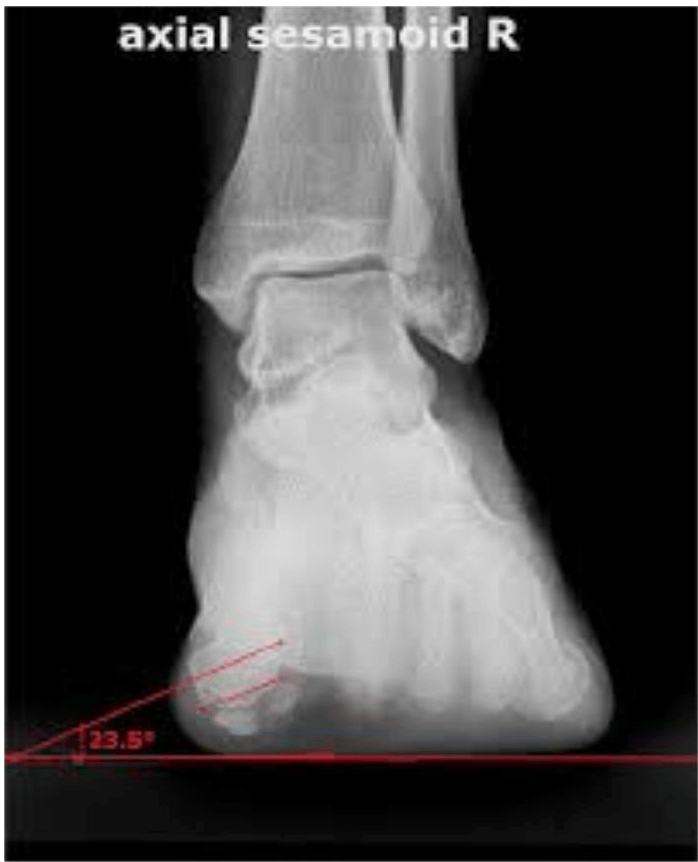
The above picture is called a sesamoid axial x-ray. It is one of the most important x-rays for a bunion. This helps the surgeon, in combination with the top-down view we saw above, make the best possible decision in planning for a bunion deformity correction. This sesamoid view above determines the bunion’s relationship in another anatomical plane the frontal plane. The frontal plane basically describes the position of the bunion and whether there is any rotation of the bone. If your surgeon only looks in one cardinal plane, they will miss the rotation of the bunion and only provide correction in one plane and your reoccurrence rate goes up.
I strongly recommend anybody that is contemplating bunion surgery to have your foot evaluated by one of our Doctors, we are Board Certified Bunion Experts and have over 30 years of experience and performed 1000’s of bunion surgeries.
Give us a call today at 425-391-8666 or make an appointment online today.
Dr. Timothy Young, A Board Certified Bunion Surgery Expert Talks About Avoiding Post-op Infections

Complications from foot surgery are not common and many of them can be avoided with careful planning and following your doctor’s recommendations. Keeping your foot dry after surgery and until after your sutures are removed is recommended. During the first few days after surgery the incision site will still create a pathway for bacteria to get into the deeper tissue layers.
Sutures also penetrate a deeper layer and if they get wet or are contaminated they could create a direct pathway for bacteria to travel deep and cause an infection. We do not recommend allowing the incision site to get wet with bathing until after sutures are removed. Use a special cast protector for bathing and make sure that it is on correctly. A garbage bag with rubber bands may leak and fill with water-not good! Follow your doctor’s advice on wound care. At our clinic, after surgery we change our patient's dressings at our clinic to make sure it is done using sterile technique, for example a postop infection is certainly going to be more of a risk if you have an open wound or one that still has sutures and you get your foot wet such as bathing.
If you have questions about bunion surgery, and would like a consultation please let us know.
Give us a call today at 425-391-8666 or make an appointment online.
Dr. Brandon Nelson, A Bunion Surgery Expert, Discusses When to Consider Bunion Surgery

Bunions are painful enlargements around one’s big toe joint. They can be uncomfortable in shoes and with exercise. The majority of pain is usually associated with swelling, throbbing and sometimes redness. Most people with a bunion will have a family history of foot disorders and have a parent with a bunion. Commonly patients will have tried larger shoes or wider shoes and most will continue to have pain despite these measures. I get a lot of questions about the timing of bunion surgery and when to fix the bunion deformity. I will answer some of the most common questions to help others make this decision.
1. When should I have bunion surgery?
The majority of patients I see already have bunion pain and that is why they are in the office. I always have the discussion with patients about whether the bunion is causing pain daily or interfering with the activities they want to enjoy. If these are occurring it is time to fix the bunion. This deformity can make life challenging especially from a physical activity standpoint. If your bunion is preventing you from exercising, it is time to fix it.
2. How long is my recovery?
It depends on the bunion procedure that is utilized. The majority of bunion surgeries patients can begin to walk when they can tolerate it. Surgery will cause some pain and swelling. I like to have my patients aggressively treat the swelling as this will create a quicker return to activities. I also like my patients that are athletic to maintain some sort of activity, like riding a stationary bike. Runners will most likely need about 2-3 months before they can return.
If you are suffering from a bunion and need a consultation to discover what conservative or surgical options are available schedule an appointment online or give us a call at 425-391-8666 today.
Dr. Brandon Nelson Discusses Bunion Surgery and What You Need to Know
.jpg)
People with a painful bunion often begin to contemplate bunion surgery. Bunion surgery is a great option for patients who are wish to relieve symptoms cause by bunions.
There are many different types of bunion surgeries. Bunion surgeries are based on the size of the bunion and the individual foot structure. The majority of bunion surgeries require and incision on the top of the big toe joint. The procedure then involves removing and realigning bone and soft tissue of the big toe joint. If any other foot issues are present, like a flatfoot, these should be fixed at the same time.
Scheduling an appointment to have your bunion evaluated is the first step. Dr. Nelson will discuss your x-rays and all of your options. He will present both conservative and surgical and help you determine what is best. Some common questions include:
-Surgery is done one foot at a time
-The majority of bunion surgeries are less than 2 hrs
-Patients are sedated during the procedure and this is done in the office
-Pain medication will be prescribed for when the nerve block wears off
-Walking without crutches is possible for most people
The recovery can vary from patient to patient. However, most people can bear weight after the procedure. It is important to follow all post-op instructions carefully. If you have a painful bunion and want to know what options are available and live in Issaquah, Sammamish, Snoqualmie, Bellevue, Seattle, Kirkland or Maple Valley give us a call so we can help.
Give us a call today at 425-391-8666 or make an appointment online.
Dr. Timothy Young Talks About Post Op Hallux Valgus or Bunion Surgery, Narcotics Problems
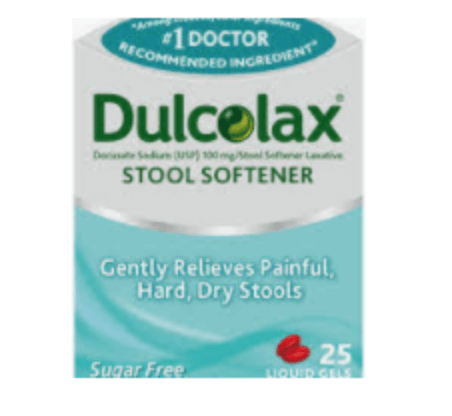
We have discussed many things to consider after foot surgery in the previous post. There are several other things of course to think about with narcotic pain medication. Number one is to respect the potential for narcotic addiction. As soon as your pain is much reduced, you should stop taking your narcotic pain meds. You have to plan on meals and food. Remember to take narcotic pain meds with food. Make sure you drink plenty of water. It’s also good idea to plan on taking a stool softener so that you don’t get constipated with a narcotic pain medication such as docusate (Colace). A fiber laxative may also be helpful. Buy the stool softener before your surgery so you are prepared. If things get too far along don’t forget to take a suppository as another option. The most critical thing is that you need to make sure that you have bowel movements daily and you don’t get behind on this. You should keep track of your bowel movements along with your narcotic and post op medication log. ust add the info to your medication log.
If you have questions about hallux valgus bunion surgery or bunion correction, please let us know if you would like a consultation. Give us a call today at 425-391-8666 or make an appointment online.
Dr. Brandon Nelson Discusses the Best Bunion Surgery Options
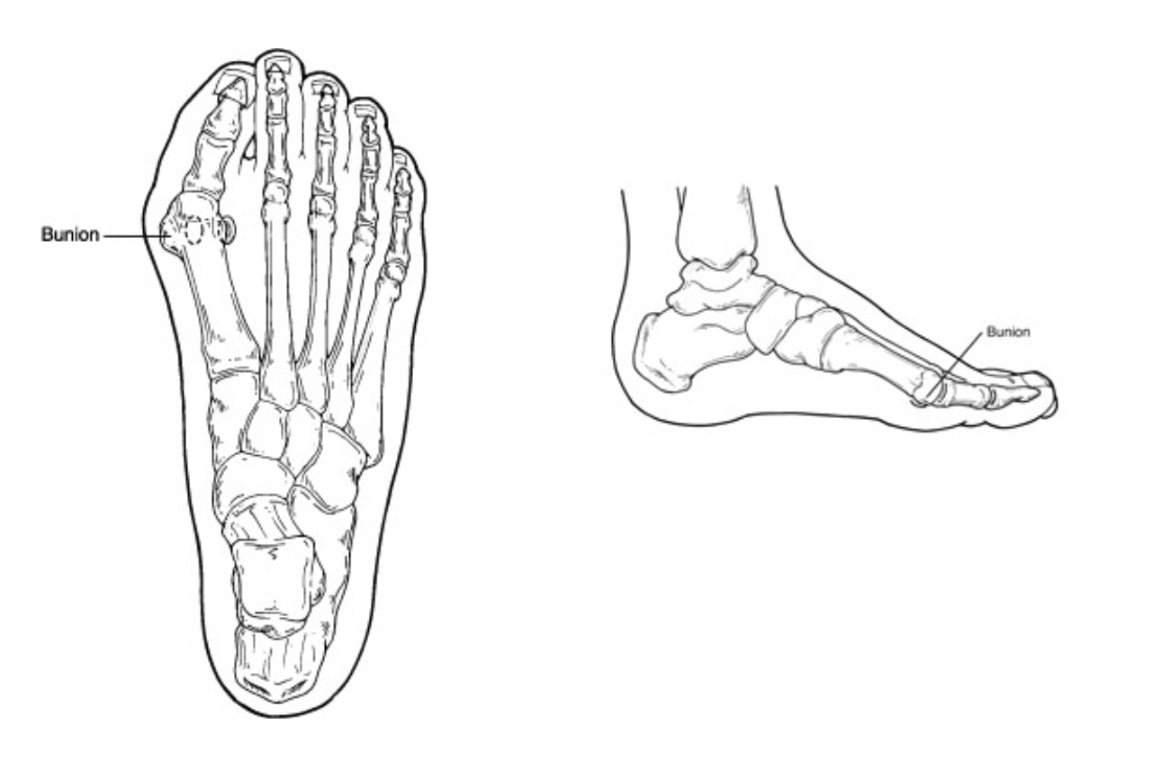
Bunions can be quite painful and difficult to manage. Most patients experience pain along with the bunion itself. However quite a few patients can have foot pains in other locations secondary to the bunion. We see a lot of patients that have strapping, bracing and using shoe gear accommodations all to no avail. These are hard modalities to maintain and do not do anything to correct the bunion deformity. The only long-term solution to fix of bunion is surgical. However there are some other options that can alleviate the pain and slow the progression of the deformity.
The surgical procedures available for bunion correction usually can be characterized as a head or base procedures. Head procedures are done at the metatarsal head or towards the toes. Base procedures are done at the base of the metatarsal towards the metatarsal cuneiform joint. The type of procedure that is best for the bunion itself is correlated with a radiographic examination and physical examination foot, the other factors to consider are lifestyles and age of the patient. I recommend anybody evaluating bunion surgery to make an appointment to be evaluated and make sure you have the best possible outcome.



